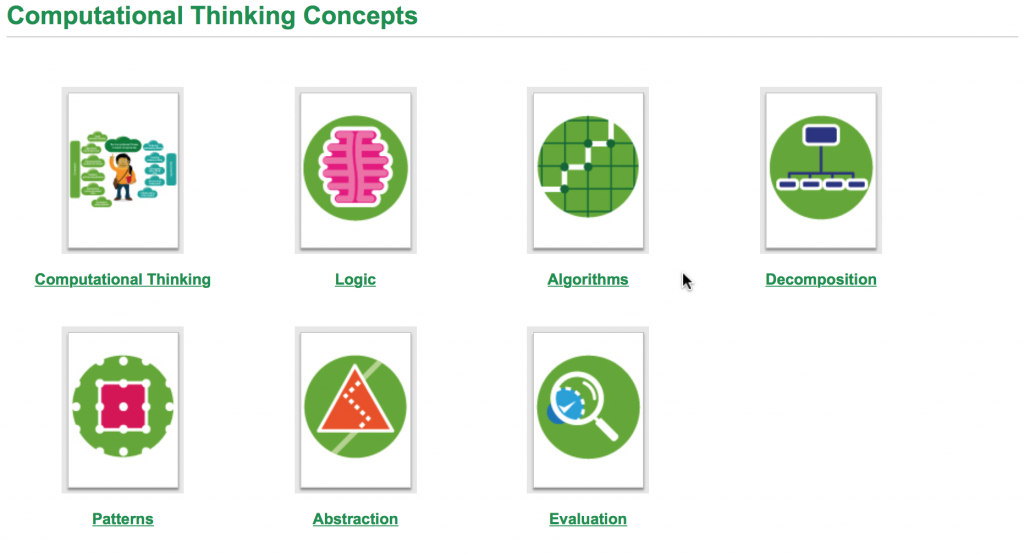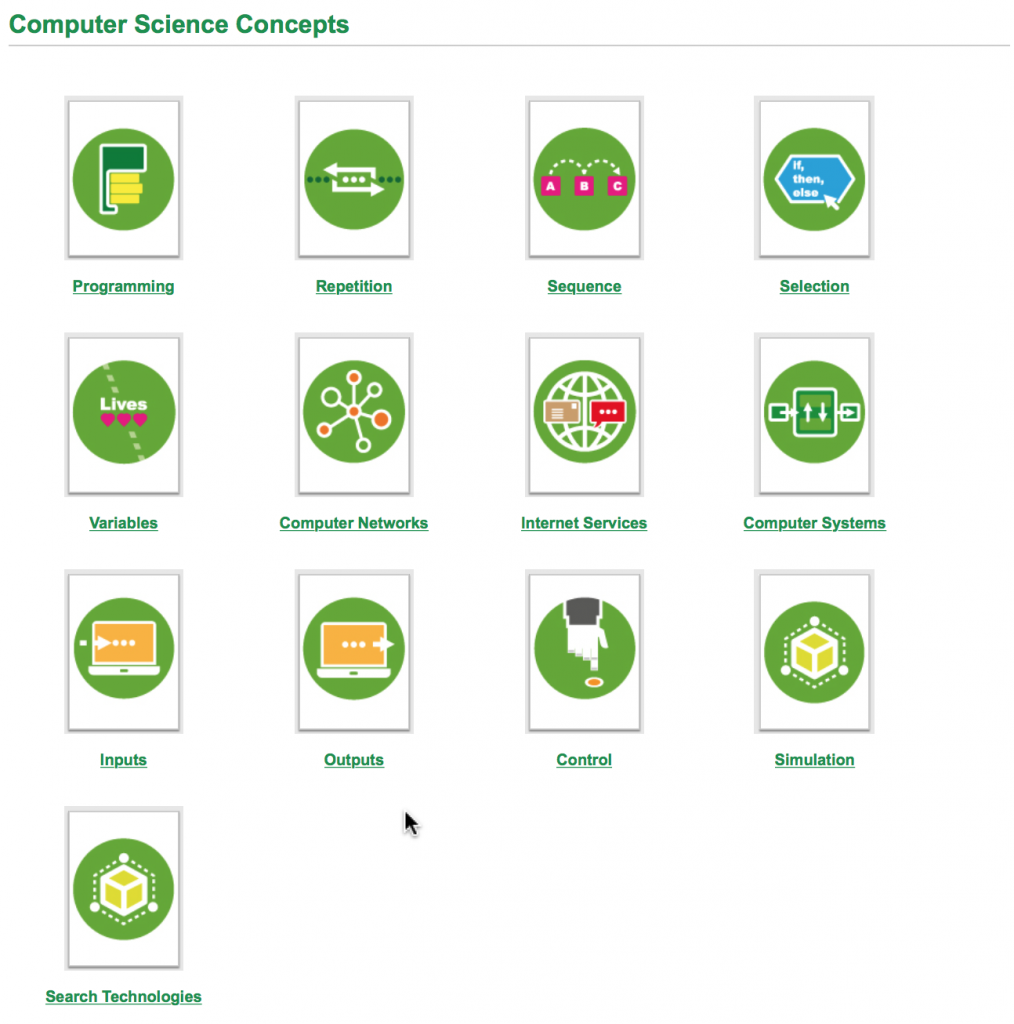The past few years have seen a real recognition that computational thinking needs to be part of everyones education from a very young age. The UK national curriculum had some massive changes to introduce this, which is great, but it was not always matched with any resources or training to help anyone who was not a techie and programmer from understanding it let alone then be able to teach it.
I like to make people feel comfortable with technology and explain how it fits into what they know, how it can improve, or threaten their experience. So was very happy to see this initiative. Barefoot Computing is an initiative from the BCS The Chartered Institute for IT and supported by Computing at School. It seems to be a complete system of curated content that is not solely about programming or tech.
Instead it looks at how to transition what teachers know and teach already and frame that into the basis of the next steps in teaching computing. It also them provides free resources to help teach, lesson plans, Scratch programming assets etc.
It is also not simplistic, it is not a “just code”. One of the most important and striking use of word as an entire category is “tinkering”. The fact that lesson plans and the resources include specifics about letting go, allowing exploration by the students to see what happens struck me as very different.
Each of the plans is tagged with specific helpful icons that indicate the point of the lesson. These in their own right are very useful and telling about how this is all structured.
I have image captured from the site, just as an example to be able to talk through, but go and take a look, there is a free registration. It is worth us all knowing the resource is there, to share with schools and colleagues. Or better still get one of us the STEMnet and Barefoot computing volunteers to come into school and share it with the teaching staff.

Here we have the core approaches to computational thinking.
Tinkering, finding out what happens and discovering new things is the first on the list!
Debugging sounds a bit more techie, but it is spotting whats wrong it anything and fixing it.
Persevering. This is not something you usually see in “tech” presentations. Something not working, not operating as you expected is a normal part of the business. It is an important aspect of life.
Collaborating. Working with others is also essential.
You can se these are not computing specific. They apply to every walk of life and and experience. In my martial art Choi Kwang Do, Perseverance is a key principle. We tinker and debug as we learn about how to perform our moves, adjust, apply a what if approach and finally we work together in a friendly environment. This just happens to be focussed on programming, but it is so much more!

Clearly this next layer looks more like the technology words we use in the industry, but again many of them are applicable in non keyboard related instances. Breaking problems down, spotting patterns, making things repeatable are all key elements.
All these are setting the scene before the specifics that make up computer science. The nuts and bolts of what we do as programmers and architects. Now if you came at computing with this list below it would be a lot more overwhelming, even though each element is relatively simple as a concept.

Very often as techies this is what we hit people with. Often in order to help them understand the beauty and elegance in the art of programming, or as a weapon to maintain a technical dominance.
In all these icons though my favourite is the variables one. It specifically shows the word lives and 3 hearts. The number of lives you have in a game is a variable. It goes down (sometimes up if you hit a bonus). For me the variable was the part of the aha moment, when all computing became clear for me.
I started computing at school to work out how Space Invaders worked. We were writing a program in class dealing with electricity bills. It had a loop to recalculate a bill based on different inputs. It was a variable we were setting. It all seemed like a weird mess of symbols until it clicked that the thing we were setting and how it stayed set or got changed by the code was the same as the score in space invaders! It was also the same as the position of each invader, where the player was etc… Kaboom! a life changing understanding of something that seems laughably simple when you spot it and then apply the pattern repeatedly to other situations.
So, a big thumbs up from me and I will be helping predlets school, and any others that need it with this set of resources as a starting point.

Leave a Reply